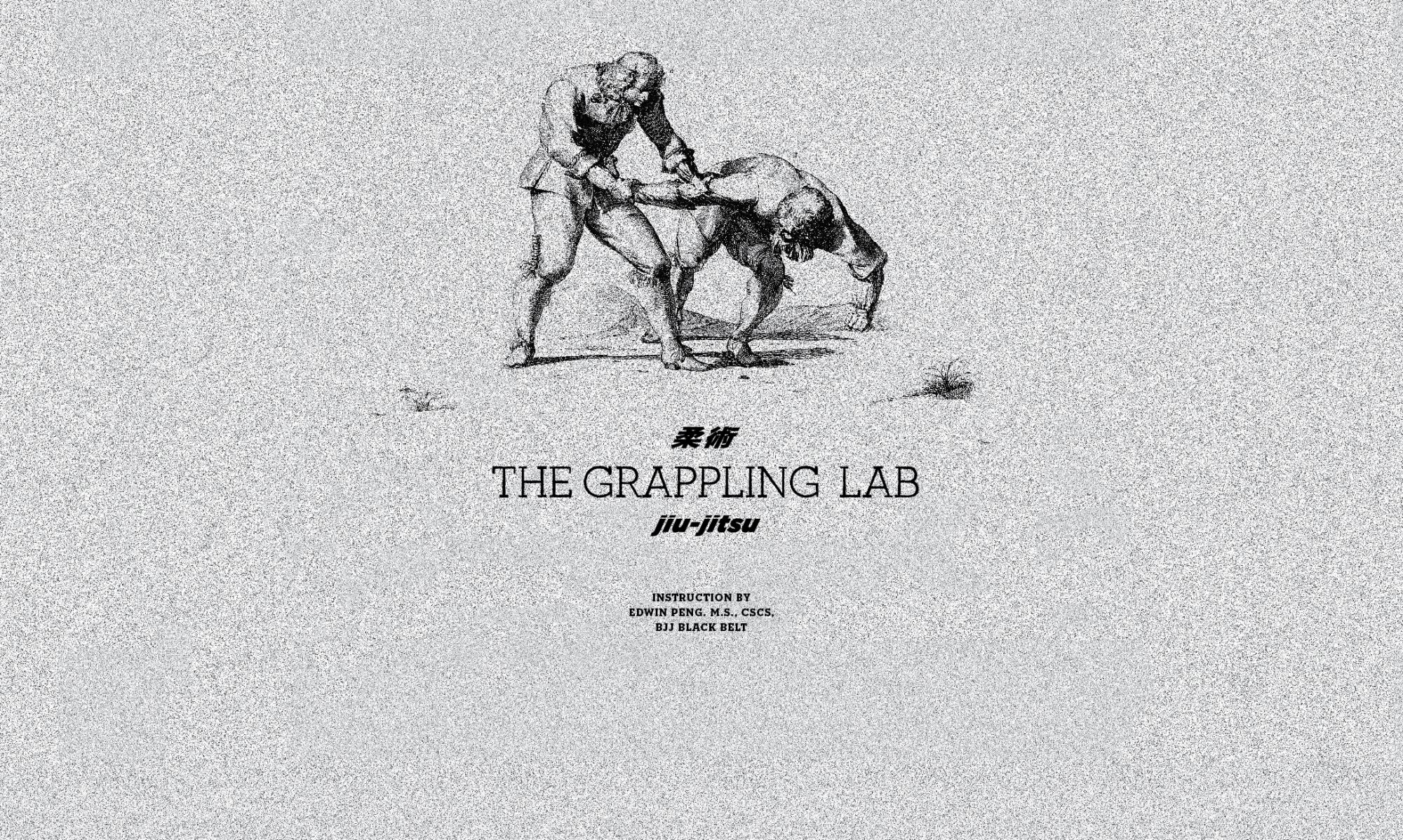Feedback is another common and important tool to help students learn. Many instructors use feedback during class portions on a daily basis. Belt stripes and colors are also given as a form of feedback as well, once you find one person has advanced their skill level sufficiently you award them stripes.
Feedback should be provided to increase a student’s intrinsic awareness of their own movements. A new student will probably lack the kinesthetic awareness to move their bodies in the correct way and since they will not be able to visually inspect their movements, you will have to provide feedback in order to correct their movements. Since a beginner lacks awareness, feedback given to them must inform them of their error pattern and also must provide information about what to do on future attempts. Beginning students must be told “what to do” and “how to do it” in order to improve. For more advanced students, you will only need to provide information about the movement error because they will be able to self-correct. Feedback should be given to increase the student’s subjective analysis of their movement.
Two qualities of feedback that matter – quality and quantity. Feedback can be detrimental if the instructor gives incorrect feedback such as providing the wrong movement fix or telling the student they did a technique correctly when they did it incorrectly, or if the feedback requires the student to focus on their body. Feedback is best when it is focused on movement effects instead of movements themselves (Push off the floor explosively vs explode through your hips). Feedback can be detrimental if it is provided too often because students can become over reliant on it.

